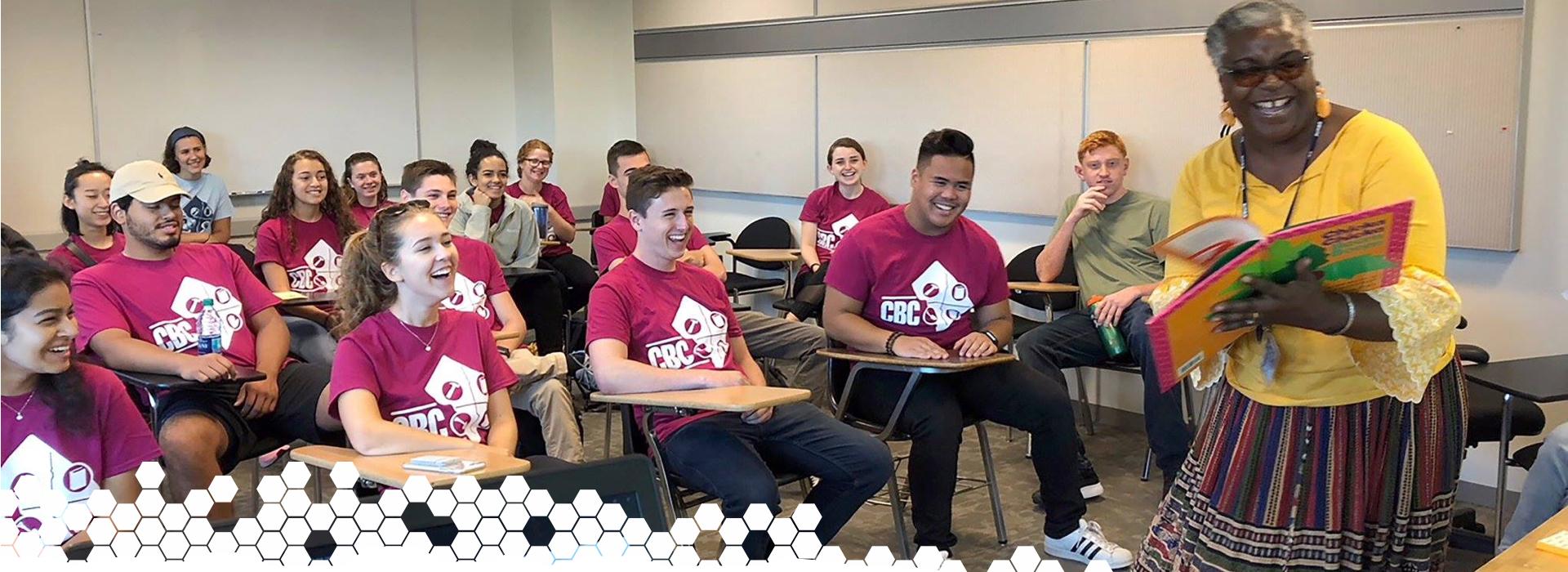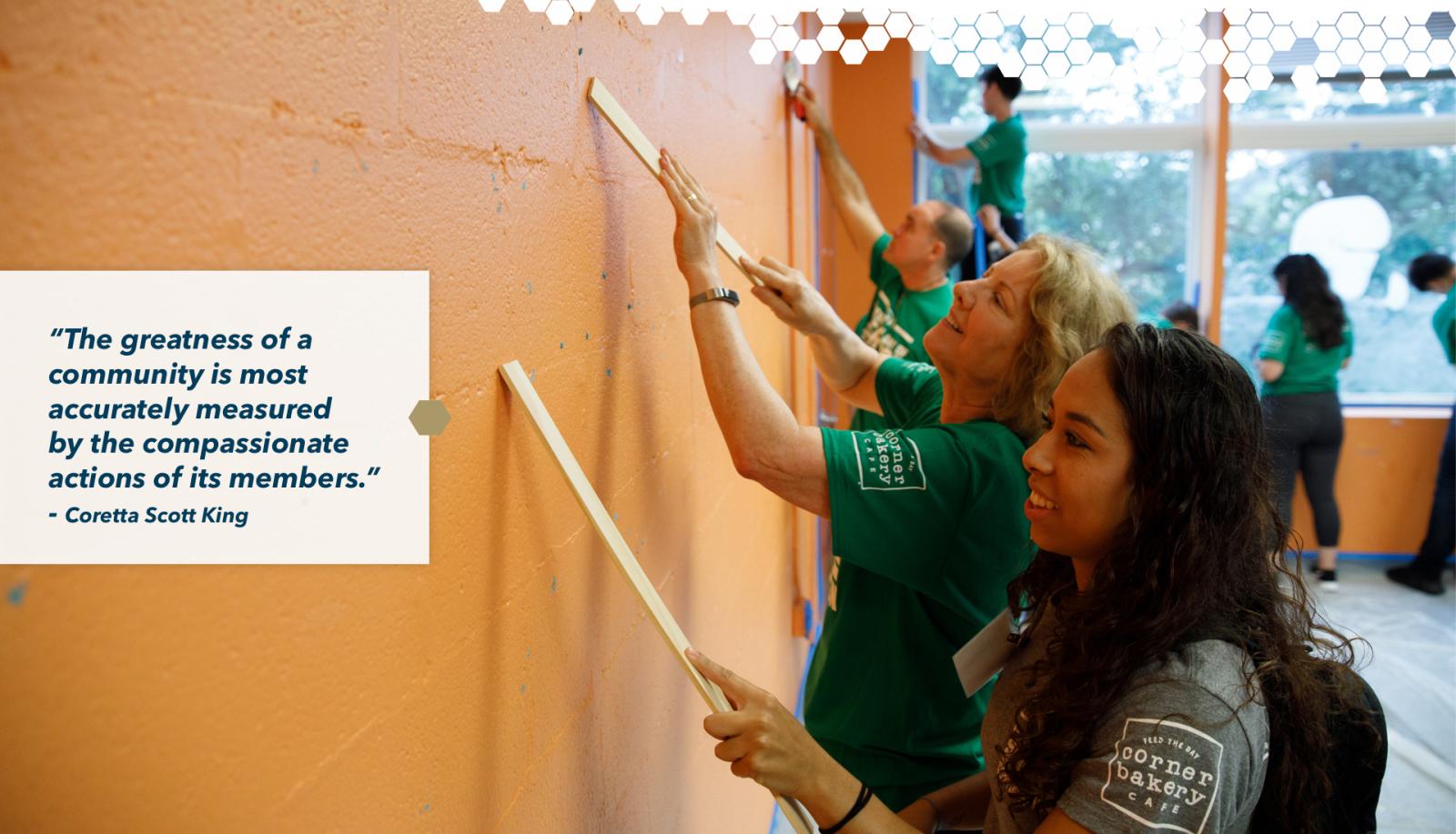Service Hours
Impact Tracking and Recognition
The Honey W. Nashman Center for Civic Engagement and Public Service helps GW to record and report the service that we do as a community.
We are proud to report that in the 2024-25 academic year, GW students recorded over 643,000 hours of service, with 2,300 students reporting their work through GWServes. 525 students earned the national President’s Volunteer Service Award, including 269 gold-level honorees.
Each hour of service signifies a different issue area where a GW community member made a sustainable and ethical impact in our community.
Pathways of Public Service and Civic Engagement
The Nashman Center recognizes both direct and indirect service using the Pathways of Public Service and Civic Engagement model. The Pathways of Public Service and Civic Engagement describe a range of possibilities by which we can make a contribution to the common good. These pathways intersect and overlap, demonstrating the interdependent nature inherent in working toward the common good. There is no one single path and people move in and out of these pathways over time. The six pathways are:
Community Engaged Learning and Research
Connecting coursework and academic research to community-identified concerns to enrich knowledge and inform action on social issues.
Direct Service
Working to address the immediate needs of individuals or a community, often involving contact with the people or places being served.
Policy and Governance
Participating in political processes, policymaking and public governance.
Community Organizing and Activism
Involving, educating and mobilizing individual or collective action to influence or persuade others.
Philanthropy
Donating or using private funds or charitable contributions from individuals or institutions to contribute to the public good.
Social Innovation and Sustainability
Using ethical and sustainable social innovation approaches to address the needs of the community and creating impact.
Service Hours
Service hours must meet these guidelines. In addition to the pathways, the Nashman Center utilizes the definition of community service established by the federal government’s Corporation for National and Community Service. According to the Corporation, community service activities may include but are not limited to community-engaged scholarship (service-learning), volunteer activities, as well as Federal Work-Study community service and paid community service internships. Community service includes both direct service to citizens (e.g., serving food at a soup kitchen) and indirect service (e.g., assessing community nutrition needs or managing a food bank).
Questions?
gwserves gwu [dot] edu (gwserves[at]gwu[dot]edu)
gwu [dot] edu (gwserves[at]gwu[dot]edu)












